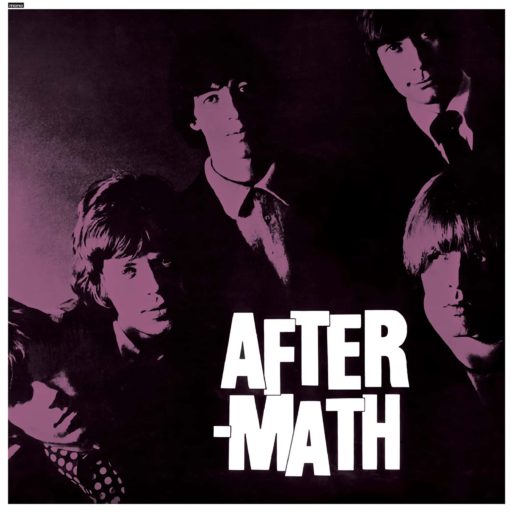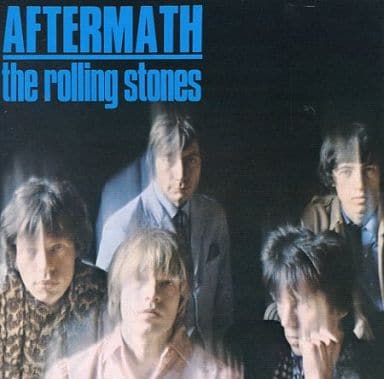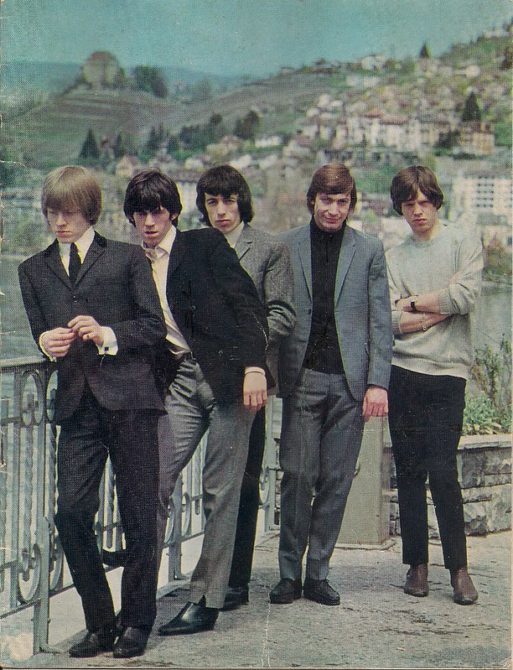 The song, “Paint It Black” by the British rockers the Rolling Stones, came out in 1966 to swiftly become a No. 1 hit both in England, the band’s home, and in the U.S. To this day, 66 years later, it is a staple of the band’s live shows. First issued on the band’s fourth album, “Aftermath,” it has been re-released on several of the band’s compilation albums.
The song, “Paint It Black” by the British rockers the Rolling Stones, came out in 1966 to swiftly become a No. 1 hit both in England, the band’s home, and in the U.S. To this day, 66 years later, it is a staple of the band’s live shows. First issued on the band’s fourth album, “Aftermath,” it has been re-released on several of the band’s compilation albums.
Musically, it is polished, innovative and historically relevant: one of the first and best-known uses of the sitar in Anglo-American rock music. Lyrically, it is a raw and relatable portrayal of intense early grief. Even as small children, my peers and I grasped the essence of it, which might have shocked the adults in our lives had they truly comprehended it. But it’s no surprise, really. For disruption and devastation are emotions that even little kids know.
In the frequent repetition of the title and the entirety of the lyrics, the rawest grief is expressed more accurately and honestly than in any other song I know.
Especially with the unexpected death of a young person, the bereaved party is overwhelmed by shock, pain, grief and anger. “Paint It Black” daringly captures the desire to avoid, lash out against, vandalize, even destroy anything good. In that mindset, anything that continues as though nothing bad had happened may be seen as disrespectful, perhaps even blasphemous.
“I see a red door and I want it painted black, no colors anymore, I want them to turn black.”
To the narrator, colors, especially bright ones, are intolerable, a visual affront to the memory of the beloved dead. The listener never learns who died, when, where or how, but most likely that is intentional, as the emotions portrayed are near-universal.
“I see the girls walk by dressed in their summer clothes. I have to turn my head until my darkness goes.”
Though it is apparently the warmest time of the year, this brings the narrator no comfort, as strangers out enjoying the season is something he can’t bear to watch.
“I see a line of cars and they’re all painted black, with flowers and my love both never to come back.”
This is the most realistic couplet in the entire song — an accurate description of a funeral procession conveying the blossom-covered body of the deceased to the final resting place.
“I’ve seen people turn their heads and quickly look away. Like a newborn baby, it just happens every day.”

“Paint It Black” was featured on the Rolling Stones fourth album, “Aftermath”
The narrator knows logically that just as there is a time to begin life, there is a time for it to end, but that doesn’t help.
“I look inside myself and see my heart is black. I see my red door I must have it painted black.”
Again, he knows logically that his literal heart remains red, beating and alive, but it no longer feels that way to him.
Maybe then I’ll fade away and not have to face the facts – it’s not easy facing up when your whole world is black.”
Now, we come to denial, nihilism and perhaps even suicidal ideation – not uncommon in a terrible loss.
“No more will my green sea go turn a deeper blue — I could not foresee this thing happening to you.”
The first half of this line is enigmatic, but the second is clear and harsh. Whatever caused the death – a freak accident, a previously unrecognized illness, homicide or suicide – the narrator didn’t see it coming, he couldn’t prevent it, and he feels helpless and perhaps guilty. These, of course, are usually the toughest losses to cope with.
“If I look hard enough into the setting sun, my love will laugh with me before the morning comes.
This line is magical thinking, suicidal ideation or perhaps both, with the narrator longing for the lost one and fantasizing joining her before even one more day goes by.
I wanna see it painted, painted black, black as night, black as coal, I wanna see the sun blotted out from the sky, I wanna see it painted, painted, painted, painted black..”
Finally, we see his explosive anger at the injustice of what has occurred. His own world has ended, so it somehow seems only fitting that this pain should be shared by all. Without the Sun, soon neither he nor anyone else on Earth would have heat, light or life.
No, none of these are pretty thoughts in the least, nor are they socially conventional “acceptable” emotions. But they can be common and typical reactions to catastrophic loss.

The Rolling Stones in the 1960s
Credit: Bradford Timeline via Flickr
This song is of its time, as the mid-60s was when many songwriters in the Western world first began to “tell it like it is.” From “Angel of the Morning,” whose unmarried narrator acknowledges having spent the night with her lover, to “Mississippi Goddamn,” whose author uses profanity to decry racial prejudice, to “Eleanor Rigby,” a bleak portrait of loneliness, to “Paint It Black,” rock music was realistically mirroring a changing society.
So long as the thoughts expressed in “Paint It Black” do not persist in a bereaved person, and no actual harmful actions are taken, expressing these feelings might lead to eventual healing. After hearing the song, one can only hope that the narrator and anyone else like him will, if not actually “move on,” at least eventually go forward and finally get to a point where he does neither perceives nor desires perpetual universal darkness.

 “Paint It Black” by the Rolling Stones
“Paint It Black” by the Rolling Stones


 AMA Adopts New Policies Expanding Access to Palliative Care
AMA Adopts New Policies Expanding Access to Palliative Care

 Some Fathers Golf, Mine Painted Nudes
Some Fathers Golf, Mine Painted Nudes














